259 SACD / Wolfgang Amadeus Mozart: Symphonies KV 543 „No. 39“, KV 551 „Jupiter“
Description
Jupi! – es gibt eine neue Aufnahme von Mozart opus 551 – oops, KV 551 – und KV 543! Ich sehe schon manchen Rezensenten die Stirn schütteln. „Noch eine!“ – tja, („Hey, guys“ sagt Gordan Nikolic immer), tut mir leid, so ist das bei TACET, ständig bekannte Werke. Da müssen Sie durch. Zum Glück sind diese beiden dermaßen teuflisch gut, dass sie noch Jahrhunderte nach ihrer Entstehung Menschen, die dafür eine Antenne haben, vom Hocker reißen. Moment mal, Antennen, gab’s die damals schon? Egal, Sie wissen schon. Albern? Jau, albern. Wer möchte behaupten, Mozart wäre nicht gelegentlich albern gewesen? Auch hier? Und kühn, frech! Wie er den letzten Satz der Jupitersinfonie seinen Zeitgenossen quasi vor die Füße schmeißt, das ist unnachahmlich. Leider kann man es auf dieser SACD nicht sehen, wenn sich die Fagotte und Celli ins Fäustchen lachen, dafür umso besser hören. Was für Kontraste! Nach dem strahlenden Beginn mit Pauken und Trompeten kommt der zweite Satz aus einer vollkommen anderen Welt. „Con sordino“, verführerisch und zart streicheln Gordan Nikolic und die Girls und Guys vom Netherlands Chamber Orchestra das Ohr. Und so geht es immer weiter. Nicht anders ergeht es in der Es-Dur Sinfonie. Ja aber gibt’s nicht schon viele wunderbare Aufnahmen dieser Werke? Ja gibt’s. Aber wie das bei Mozart so ist, da können die berühmtesten Interpreten versagen und die unbekanntesten können voll ins Schwarze treffen. Entscheiden Sie selbst. Auch beim Klang ist immer Luft nach oben, wie auf der nach oben offenen Richter-Skala. Apropos Klang, das Orchester saß bei der Aufnahme ähnlich den anderen Sinfonien dieser Serie wiederum im Kreis um Mozart herum. Nativer TACET Real Surround Sound. Setzen Sie sich zu ihm, mitten hinein!
4 reviews for 259 SACD / Wolfgang Amadeus Mozart: Symphonies KV 543 „No. 39“, KV 551 „Jupiter“
You must be logged in to post a review.

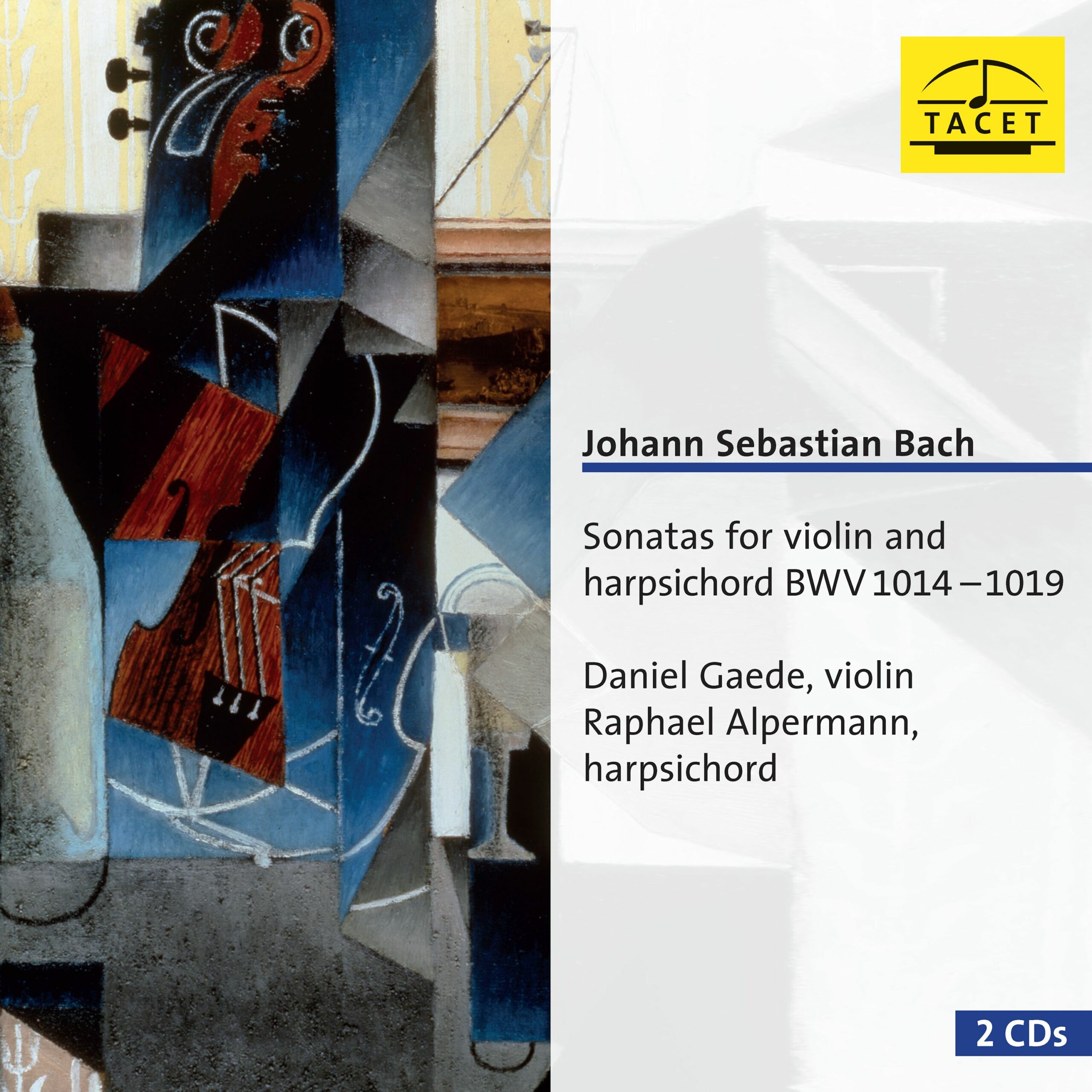
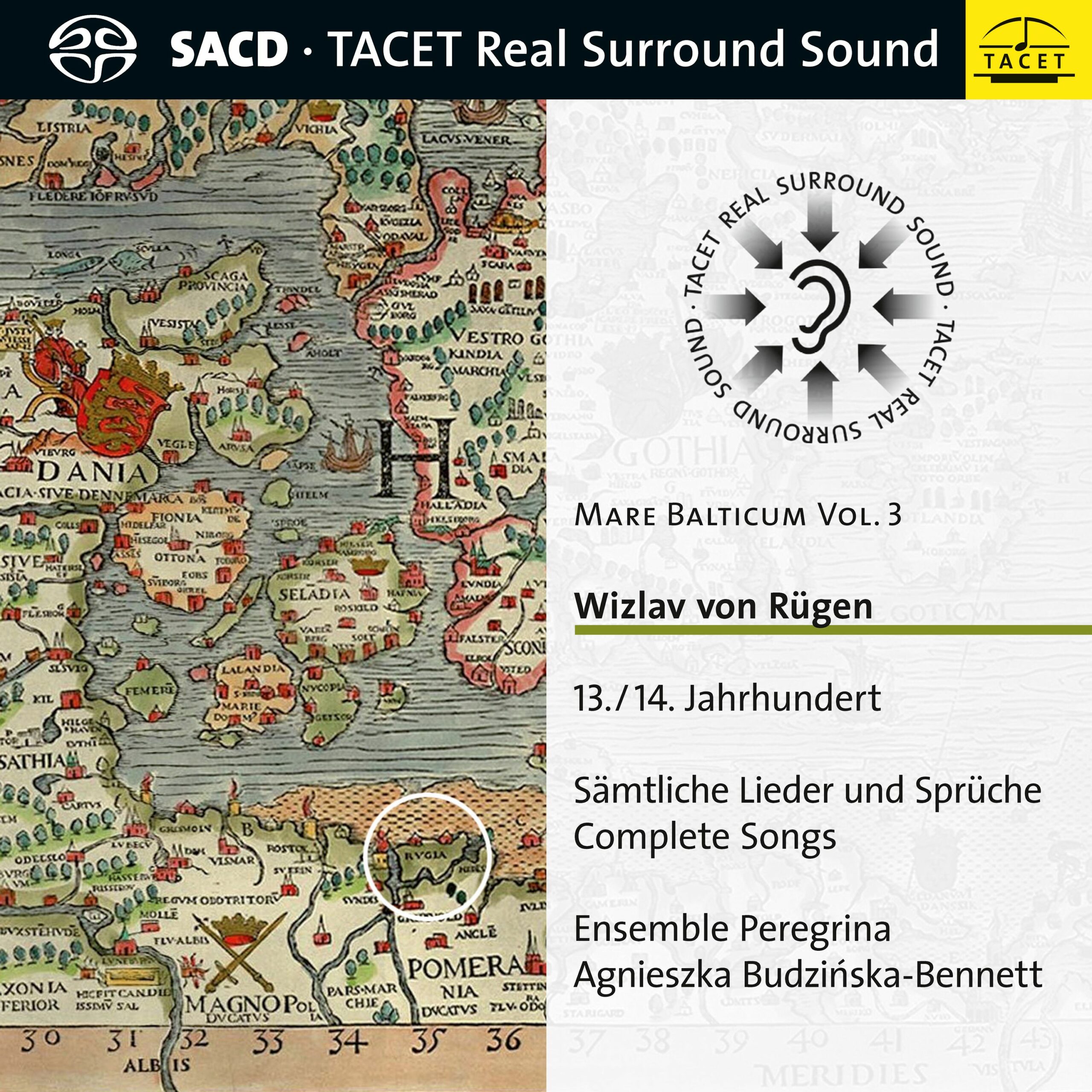
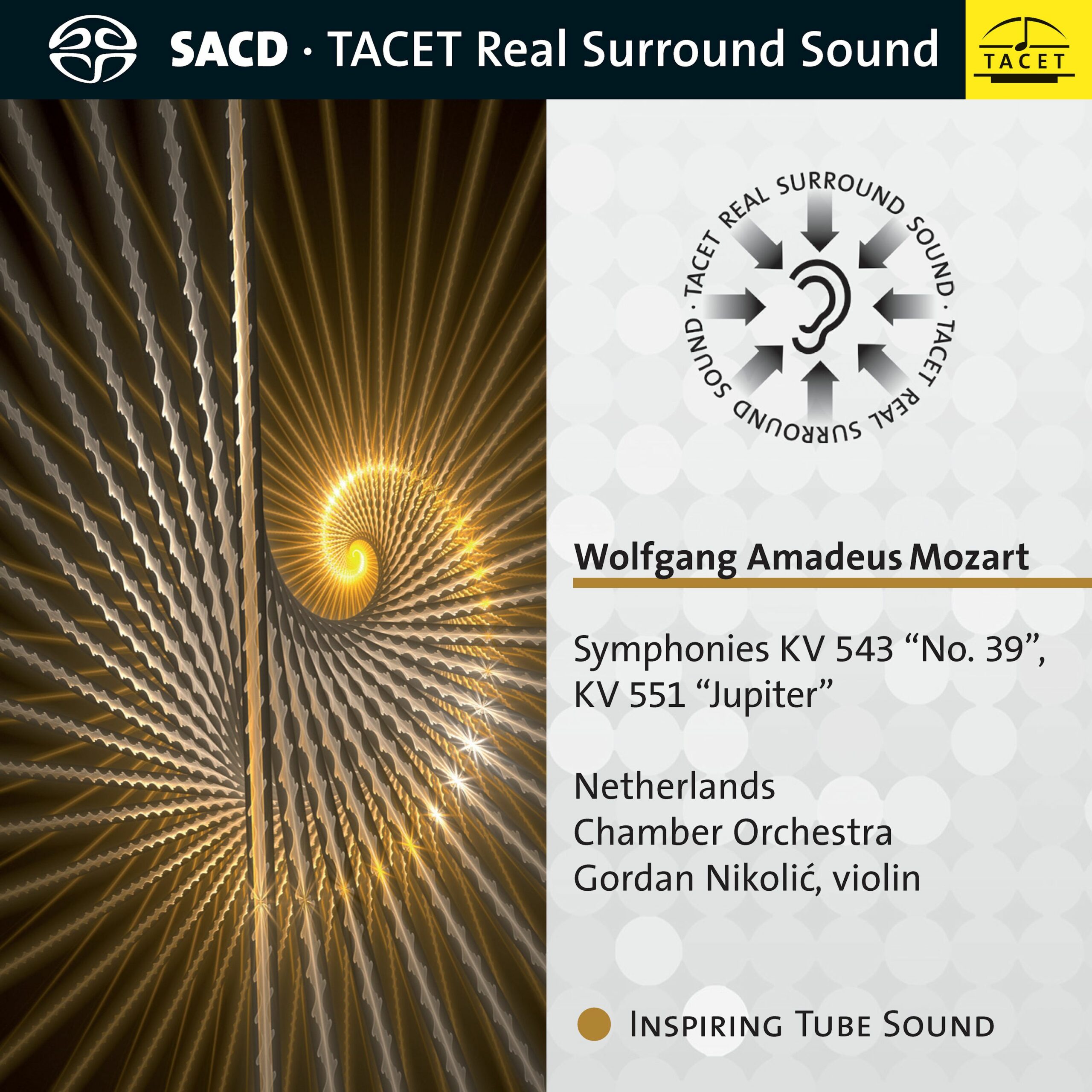
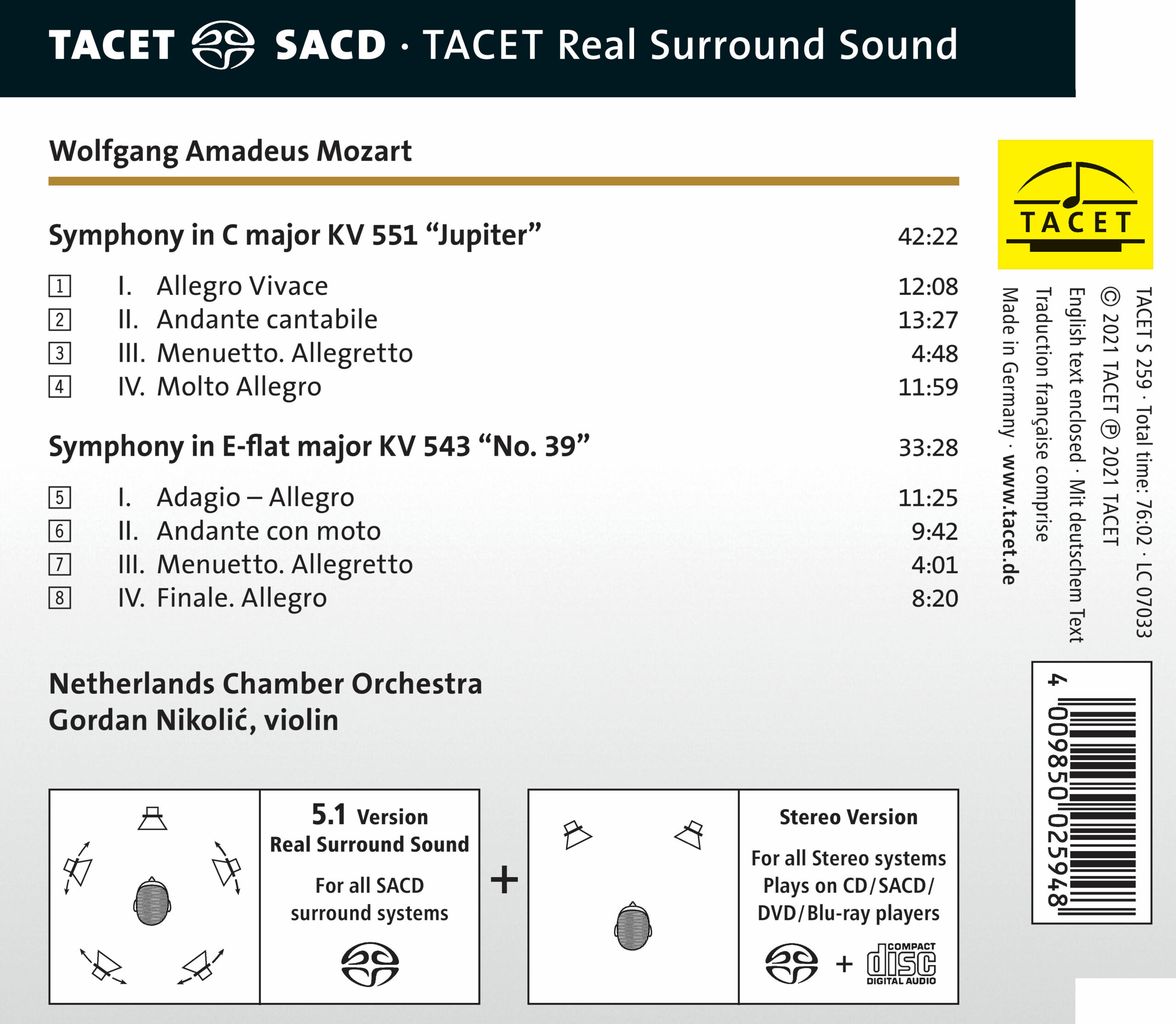




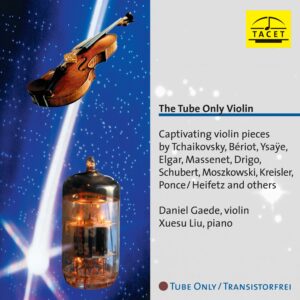
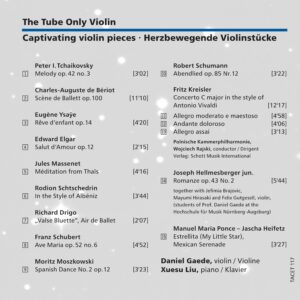
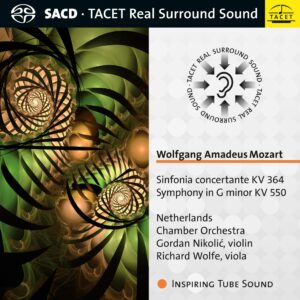
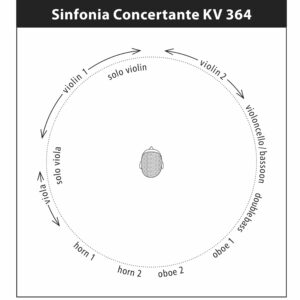

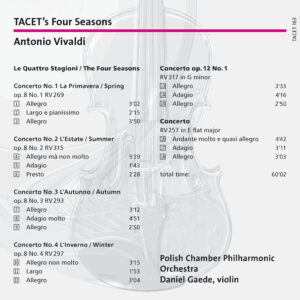
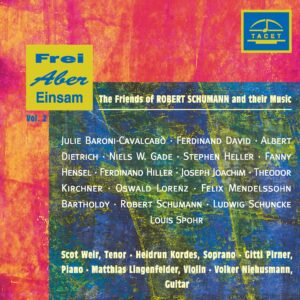
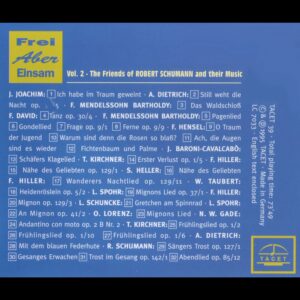
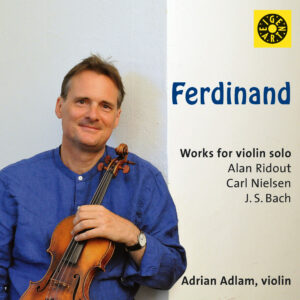
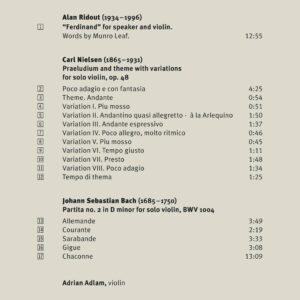
Klassik heute –
--> original review
True "surround", i.e. an enclosing room sound, develops when - as can be seen on the back CD cover - the musicians of the Netherlands Chamber Orchestra sit in a circle during the recording. You can hear that this is not just a gag: Outstanding transparency, transparency of the overall sound with simultaneous instrumental fanning out of the orchestral sound, extremely well-balanced strings and winds, and the organic embedding of the timpani are the result. "Embedding" is almost literally true here: one almost never hears the timpani so softly bedded, so variable in "touch" (as one would say with a pianist), i.e., in the attack and so supporting the interpretation.
To anticipate the critical question right away: Why does the Jupiter Symphony, Mozart's final word in the matter of symphonies and the crowning of the triad of the last three symphonies, come at the beginning and the beginning of the triad, i.e. the E-flat Major Symphony, at the end? This is not conclusive.
A philosophical game
However, the playing of the musicians, led by the co-playing violinist Gordan Nikolić, is conclusive. The violins in particular bring to life the problem that musicologist and conductor Peter Gülke has written about the beginning of the E-flat major symphony ("Triumph der neuen Tonkunst. Mozart späte Symphonien und ihr Umfeld"): "Part of the paradox of any beginning is that, suspended between absence and presence of the object, it must reflect the weight of the thing that is beginning, but not already the thing itself." In other words, am I beginning or am I beginning something? When I begin, I always begin something at the same time. That's where "premonitions, allusions and other forms of musical not-yet offer themselves," Gülke continues. This is exemplified by the searching and wandering violins immediately after the pathetic full E-flat major sound, culminating in a sharpened seventh chord: The beginning as the beginning of everything. Almost like a beginning of the world. And doesn't the beginning of the world in Wagner's Rheingold also begin with a deep Ur-Es-Dur-Gewoge?
Naturally flowing tempi
One feels urged to ask such philosophical questions when listening to the orchestra's lovingly precise playing, filled with questions and meanings. The tempi chosen are moderately swinging, naturally flowing, never prevailing an overdramatization addicted to exaggeration and surprise. The secondary theme of the first movement of the E-flat major symphony sounds very cantabile and is enlivened with a light vibrato, as a clear contrast to the sublime blockiness of the main theme.
And again the searching beginning in the second movement, followed by an enjoyably savored question and answer game, all presented with joy and mixed in with it something like chaste shyness: the approach to the secret of music. The musicians set out in search of this secret, aware that they would lose it if they thought they had found it.
Lucid transparency
The Andante in the Jupiter Symphony flows and sings broadly, and is animated gesturally; the sforzati do not come as hammer blows, but rather as swelling outbursts. Lucid transparency then prevails in the final movement of the Jupiter Symphony, one hears every little structure-giving figure of the flute, the energy pool is replenished again and again, so that the C major joy seems endless.
Rainer W. Janka
Audio –
(...) Nikolic takes both [symphonies] for what they are: musical masterpieces of unrivaled beauty. They seem much more intimate in light garb, much more delicate than in philharmonic brocade - if they are played by such masterly musicians. Tacet's RSS reproduces them in a circle with the wind instruments, but this is also quite wonderful to hear in normal stereo.
Lothar Brandt
Classical CD Choice –
--> original review
Once again, Tacet undertakes its commendable mission to place the listener firmly in the centre of a sympathetic and pointed performances, this time of two of Mozart’s most popular symphonies. If the performances do not unseat such well-loved readings in the SACD field as those of Charles Mackerras, they are still delivered with great attention to detail, and the recording palette is sui generis for this company.
Barry Forshaw
Pizzicato –
--> original review
Mozart in light clothing
Now let’s get Jupiter down from his Olympus, Gordan Nikolic must have said to himself as he conducted Mozart’s 41st Symphony into the Tacet microphones set up around him. The recording is Real Surround Sound, which means the listener sits in the middle of the music and hears the strings in front, the winds more in the middle, and the bright winds even more in the back. The effect is enchanting, as it displays the sound very clearly.
But let’s get to the interpretation. Nikolic strips it of all solemnity, all pomp, and conducts lightly and casually. No, not in the way you might think. His tempos are not fast and rushing, on the contrary, but it is the textures that make the symphony youthful and fresh.
In the 39th Symphony, the conductor does no differently, serving us a fresh and buoyant interpretation in the fast movements. The particularly gentle and lovely Andante is also remarkable.
Remy Franck